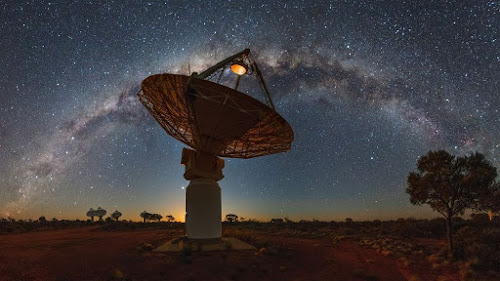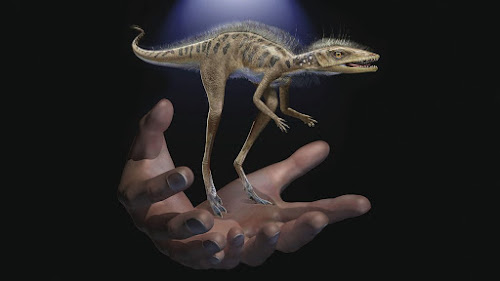4 mystical objects found in deep space are unlike anything ever before seen
"[The objects] may well indicate a brand-new sensation that we have not really probed yet," said Kristine Spekkens, astronomer at the Imperial Military University of Canada and Queen's College, that wasn't involved with the new study. "It may also be that these are an expansion of a formerly known course of objects that we have not had the ability to explore."
Spekkens included that the objects could also be triggered by various phenomena. All 4 ORCs are bright at radio wavelengths but invisible in noticeable, infrared and X-ray light. But 2 of the ORCs have galaxies at their facility that can be seen at noticeable wavelengths, which recommends that these objects might have been formed by those galaxies. 2 ORCs also seem very shut with each other, meaning their beginnings could be connected.
Astronomers found 3 of the objects while mapping the evening skies in radio regularities, component of a pilot survey for a brand-new project called the Transformative Map of the World (EMU). The EMU pilot used the Australian Settle Kilometer Array Pathfinder, or ASKAP, from July to November in 2019. This radio telescope array uses 36 meal antennas, which collaborate to observe a wide-angle view of the evening skies. They found the 4th ORC in archival information gathered by the Giant MetreWave Radio Telescope in India. This assisted the astronomers to verify the objects as real, instead compared to some anomaly triggered by problems with the ASKAP telescope or the way where the information was evaluated.
With just 4 of these strange objects found up until now, the astronomers can't yet tease out real nature of these frameworks. But the EMU survey is simply beginning, and astronomers anticipate it to expose more uncommon objects. Cara Depo Dan Withdraw di Situs Judi King88bet

By combining an ability to see pass out radio objects with a broad look, the survey is uniquely positioned to find new objects. EMU researchers have anticipated the project will find about 70 million new radio objects —– broadening the present brochure of some 2.5 million.
"This is a truly nice indicator of the form of points to find in radio astronomy in the next few years," Spekkens informed Live Scientific research. "Background shows us that when we open a brand-new [avenue of looking at] space to explore … we constantly find new and interesting points."
The paper, which is available on the preprint website arXiv, has been sent for magazine to the journal Nature Astronomy, where it's still under review.
Initially released on Live Scientific research.

